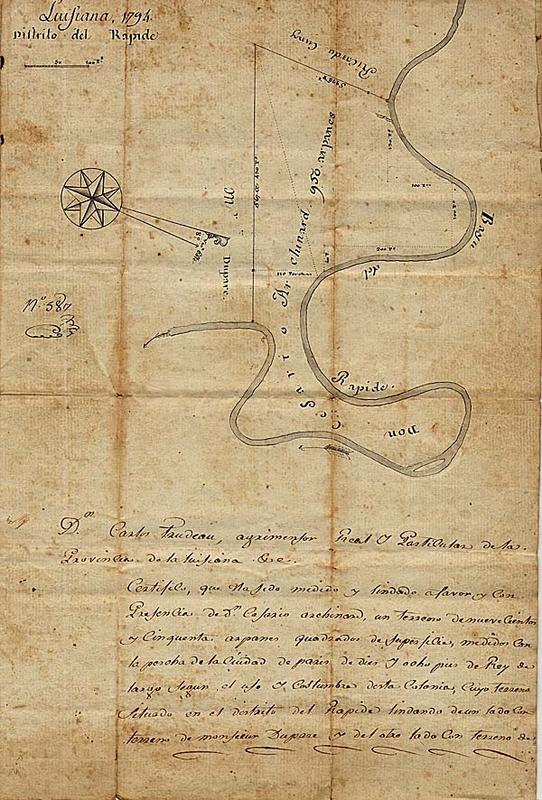LIBRARY BLOG
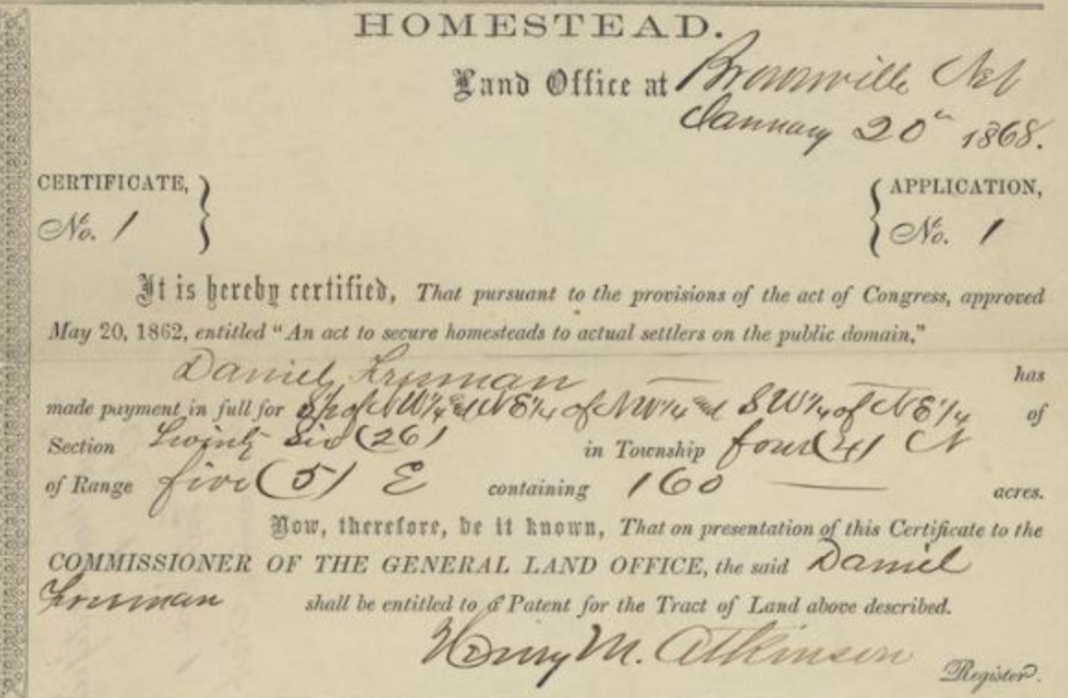
Introduction to Land Records for Genealogy Research
One of the challenges of doing genealogy is that researchers get so excited about using the latest and greatest technology to dig into searching that they sometimes need to remember to educate themselves about time, place, and record type to get the most out of the record. Knowing the time, place, and record type allows one to extract the most out of the record. The record will have meaning and value, and one can then utilize it to further their family history.
One of the most underutilized tools that many researchers conducting family history should use in their genealogy toolbox is Land Records. Land records go back further than many census records; without considering them, researchers miss out on the ability to tie family members to a specific place and time and establish kinship ties. Moreover, land records allow one to understand better the geography of the time when their ancestors resided, and they also allow researchers to differentiate between people with the same name living in the same area.
History of Land Records in America:
In the 17th century, Europeans immigrated to America for free land because, in Europe, the land was titled for years, and laws of primogeniture ensured that the land couldn’t be parceled into small parcels. There were also very strict requirements on who could inherit the land. Under the primogeniture system, the eldest son inherited land.
In the eyes of some Europeans, America was perceived as plentiful, with free land where immigrants could accumulate land without any restrictions. Additionally, there were no land restrictions on how the land could be parceled out to both sons and daughters, the future heirs of the property.
The fact that Native Americans were already living on the land was just a mere inconvenience to the newcomers. The European monarchs controlled the granting of land and used a combination of government agents and proprietors or joint partnerships.
As more and more Europeans began to settle on the lands, new records were created. As colonists began to buy and sell or inherit the land, new procedures were put in place to establish ownership.
Why Land Records are Essential:
- Land records place people in a particular place and time.
- Land records are helpful in that they help researchers sort out people with the same name. One can find out who owned the property and what happened to the property.
- Land records allow one to make family connections because they establish kinship ties. Many records reveal people who married into the family, did business with the family, and may have worshipped together with the family.
- Land records help provide information on the geography of an area and reveal why one’s ancestor may have settled in an area. Maybe it was because of their employer or because it was easier to build a life around people who spoke the same language and looked like them.
The following information explains what land records are available, what they include, where to find them, and how to use them:
Although the colonists created a variation of land records, these records are generally categorized into two types. The first one is a patent commonly referred to as a grant. In this method, the government is the grantor of land. In contrast, the second type of record is a deed, a written legal document transferring property ownership.
Patents/Grants:
The first recorded land grants in America were grants claiming land to some of the first colonists on the land. The English crown made grants in New England, Virginia, and other colonies, while France granted land in Louisiana and the upper Midwest. Mexico and Spain were granted land in the southwest, Florida, and Texas. All of these states were called state lands. The state land made the initial land grants as opposed to public land states, where the federal government made the land grants.
A land grant specifies the amount of property and usually a location. One of the first legislative acts regarding land in America was The Homestead Act of 1862. The purpose of the Homestead Act was to put government-held lands into the hands of the people to create communities throughout the nation. It was to build the country, increase wealth, increase community, increase the tax base, and give opportunities to families. It was to be a means of growth, development, and progress. Applicants only had to have an application on file, naturalization paper, and final land patents.
Another important legislative land initiative was that American Revolution veterans through the Mexican War were compensated with military bounty lands. This government program was designed to entice soldiers to enlist in the military in exchange for land. Applications for bounty land claims may hold significant genealogical data containing military service details.
Different Kinds of Land Records:
Deeds:
After the initial grant, the local municipality recorded property ownership transfers through various types of deeds. A deed was simply a legal document transferring ownership of one property to another. It will list the names of all parties, and sometimes, it lists the relationships of those parties and information about the transaction themselves.
Land Grants:
Permission to purchase land or a gift of land because of one’s service to government or military service.
Example: Louisiana Land Grant 1794 to Cesario Archinard
Land Patent:
This is a simple legal document that conveys the title of a piece of land to a new owner upon the person meeting the required conditions to own the land.
Homestead Applications:
This was an application initiated after establishing the Homestead Act of 1862, where citizens of the United States who had never borne arms against the U.S. could apply to claim 160 acres of surveyed government land. Claimants had to live on the land and improve their plots by cultivating it.
Bounty Land Warrants:
These were simply lands granted to men for military purposes, especially those who participated in the Indian War and Mexican War. Land was used to pay soldiers and to entice men to serve in the military.
Survey Systems:
These are detailed drawings and legal descriptions of the boundaries of a land parcel.
Private Land Claims:
These claims were simply an acknowledgment of title by the federal government to those who owned land or had been granted land by a foreign government before the United States became sovereign in the area concerned.
Estate Records:
These records consist of the assets and liabilities of a person who dies.
Tax Records:
These are records of any taxes paid, such as inheritance and church taxes. Most of these records were kept at the local county office, but some are now in state archives.
Probate Records:
These records regard what to do with a property when the owner dies and how the property is to be distributed. These records include contested wills and readings; the file often contains testimonies and rulings.
Plat Maps:
Plat maps are maps of lots within a tract of land. These are maps that show the precise locations of the property. They often put the land into context with the names of your ancestors (and their neighbors) and locations of roads, lakes, towns, lakes, churches, and schools.
Locating Land Patents:
Before 1908, patents for land ownership were filed by state land offices or under the act in which they were sold. One can now search for land patents by visiting the National Archives and Records Administration website.
Finding Deeds:
The county recorder’s office, where the land is located, is usually the first place where one would consult for records related to deeds. Old deeds may still be there or have been sent to state archives offices or another repository facility.
One can access deed records by going to www.mytpl.org, selecting Genealogy, and then selecting Ancestry Library Edition. From there, one will see the following screen:
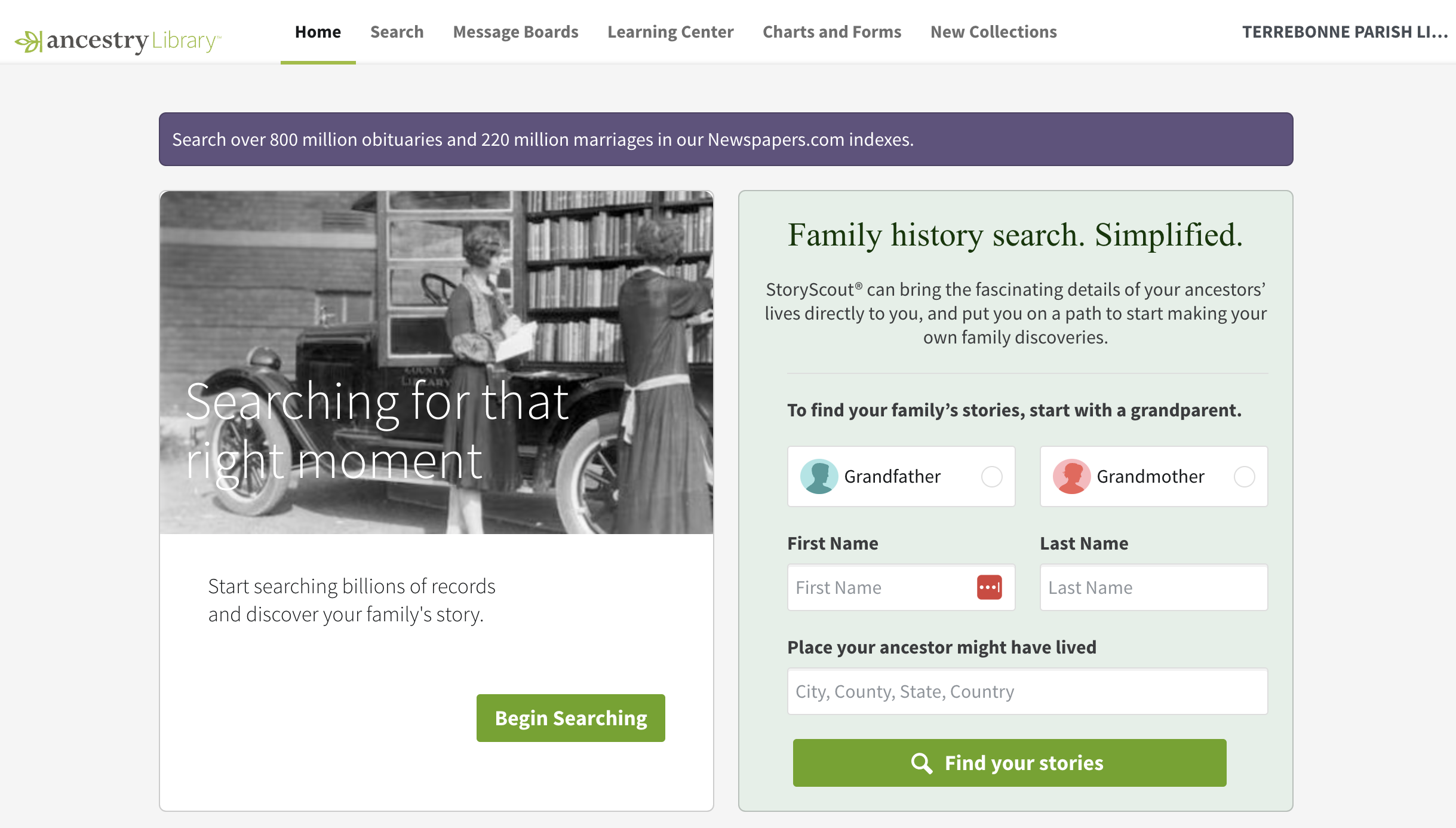
Then click the Begin Searching green button above.

After clicking “begin searching,” the following screen will appear:
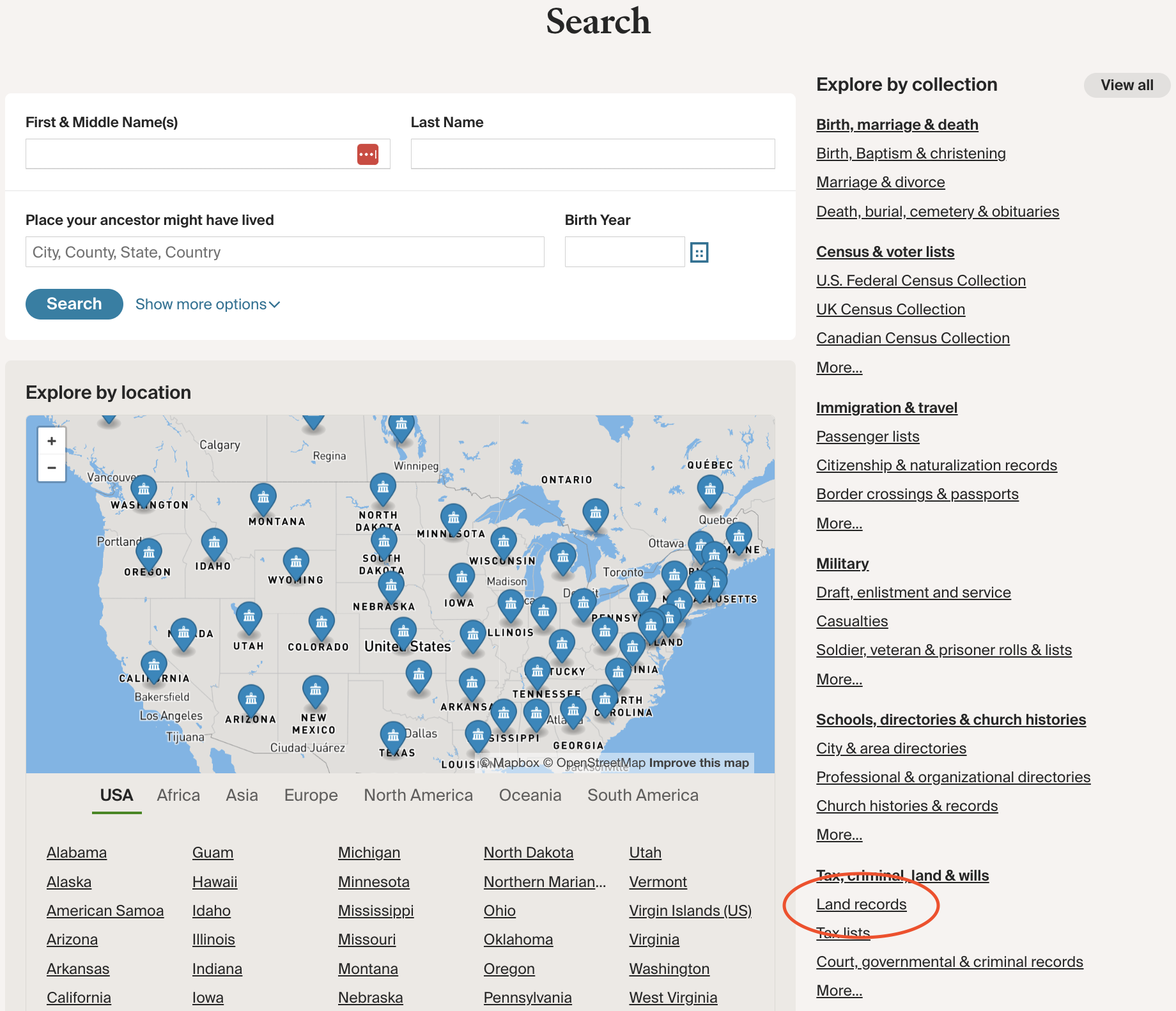
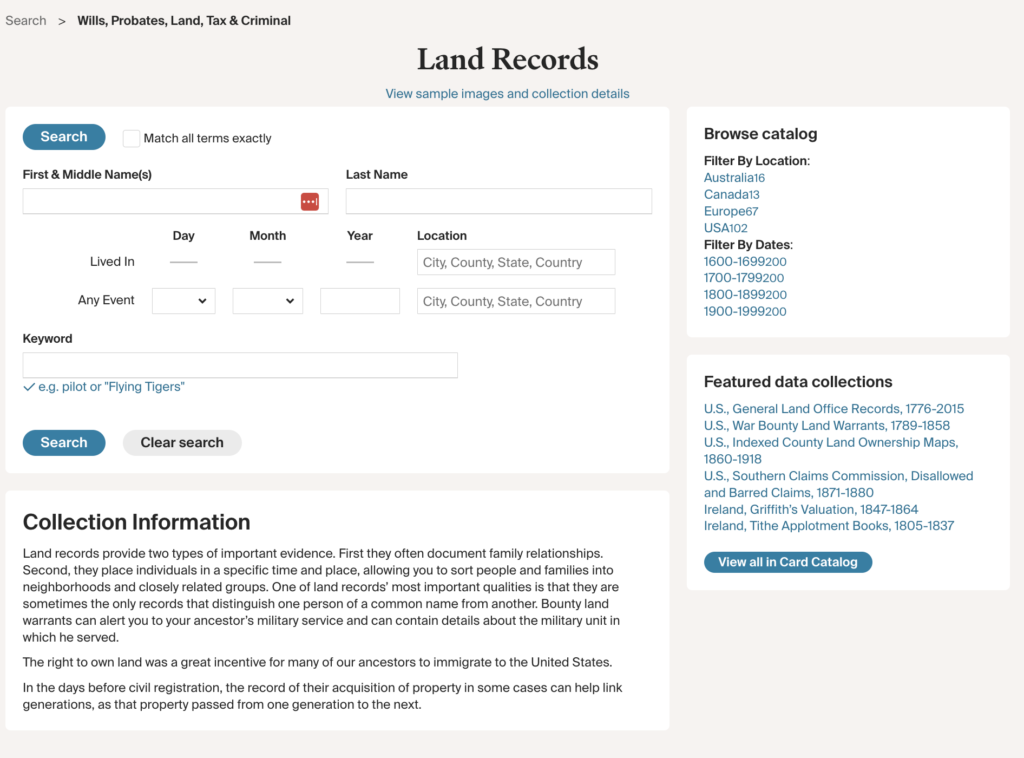
All one must do from this screen is fill in the blanks for the person they’re looking for.
Moreover, FamilySearch’s free genealogy database has digitized many county deed records nationwide; however, several are still being indexed. FamilySearch’s land records are online and listed under “Land and Property” records.
Search Indexes:
When looking for land records, one should first consult their local resources at the County Clerk’s office. In Terrebonne Parish, one can visit the website www.terrebonneclerk.org.
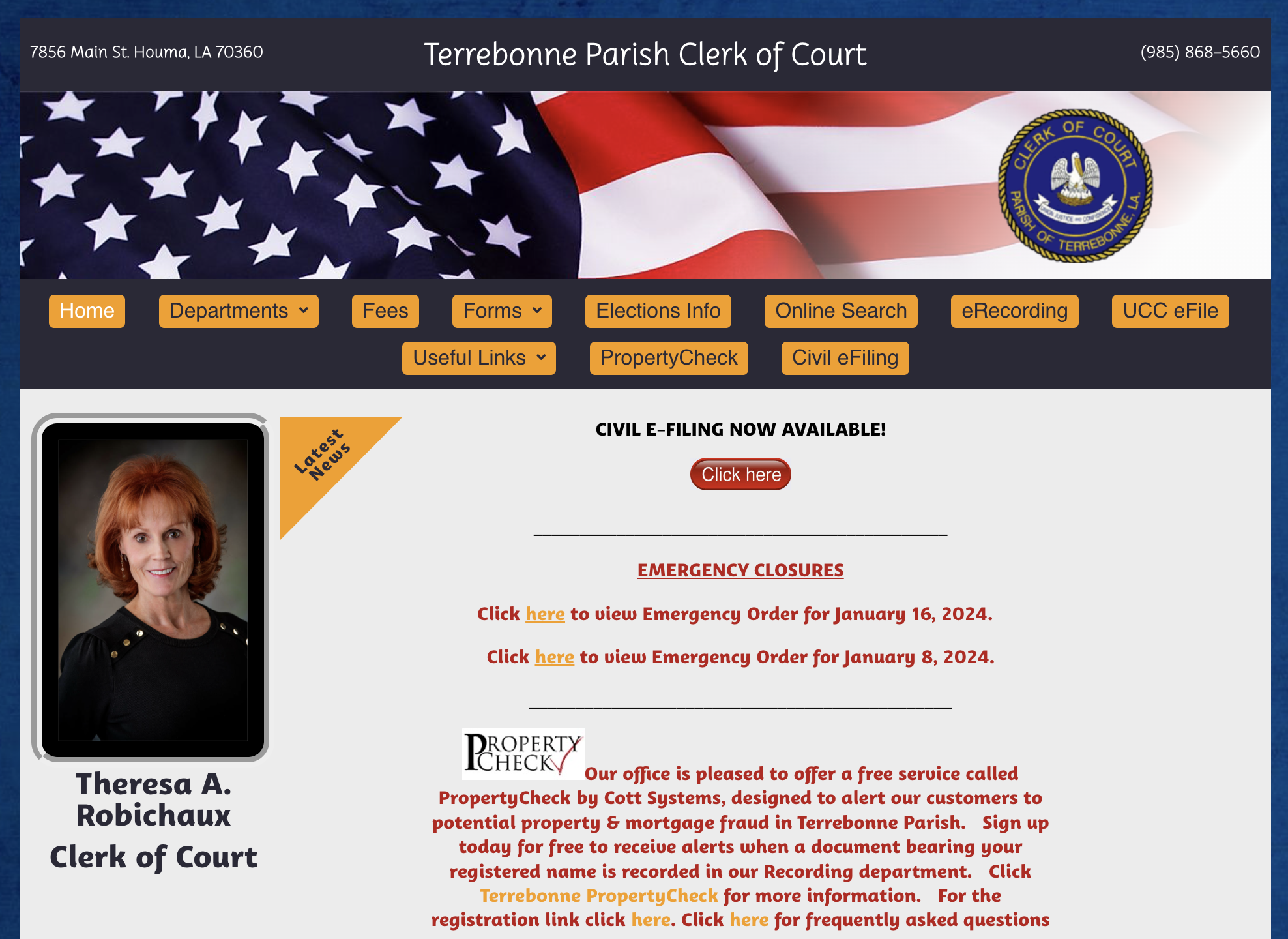
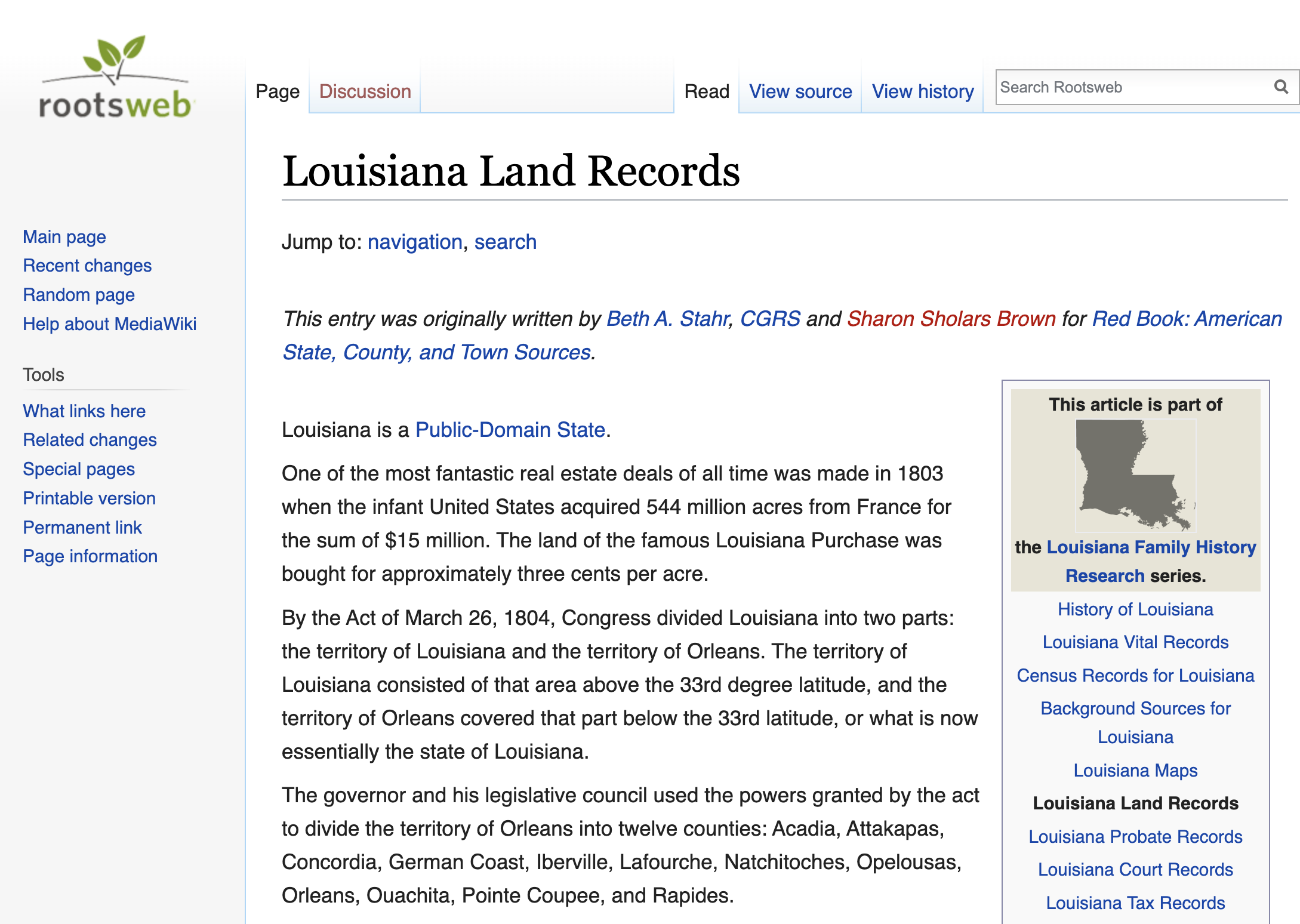
In summary, researchers should examine land records when looking up their family tree. These records are a valuable resource that ties family to a particular place and time and establishes kinships with other family members. If you want to know more about land records and how to extract information from them, please stop at the Main Library or call 985-876-5867. Our library staff would be delighted to assist you in using this often-neglected genealogy tool.
Carlos Crockett
MLIS, Reference Department
Resources:
Louisiana Land Records
Greenwood, V. D. (2017). The Researcher’s Guide to American Genealogy. Genealogical Publishing Co., Inc.
Smith, Diana C. “How to Use Land Records for Genealogy.” FamilyTree Magazine, 1 Jan. 2014, pp. 21-26.
U.S. Research Guides and Other Resources
https://www.ancestrylibrary.com/LearningCenter/Maps

